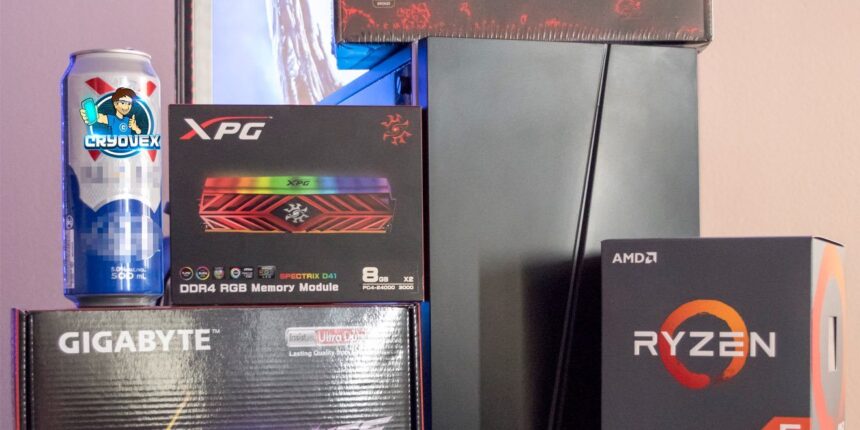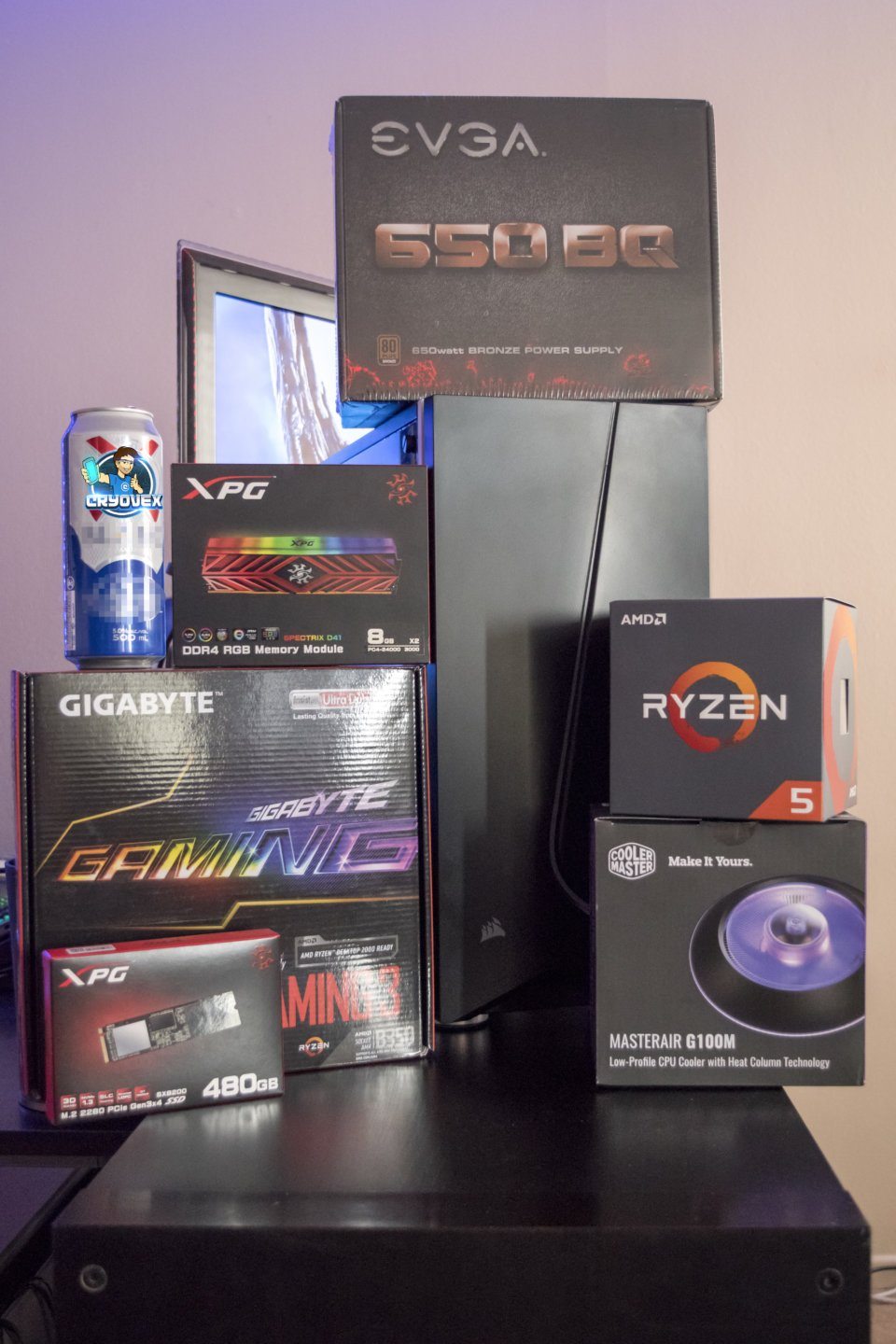Build a PC Gaming Computer on a BUDGET? HOLD MY BEER!
Let’s dive into the world of PC Gaming. The premise is to see if we can play decent games on a modest gaming computer setup. I’m aware that the definition of “budget” is different from one person to another, but I’ve set a reasonable goal.
Budget
This build is averaging USD 920, or if you prefer, for my Canadian followers, CAD 1200. My max goal was USD 1000/ CAD 1350. While looking around, I noticed that most budget computers were going from USD 800 to USD 1200. I opted to grab the middle ground in between both. The series will feature my reasoning behind choosing X over Y.
The website PCPartPicker frankly help me with putting the parts I wanted together for my budget gaming computer. The website offers all sorts of valuable information when attempting to build a computer or your own. I sourced out everything I needed from Amazon Canada and or vendors.
Gaming Computer PC Part List
- AMD RYZEN 5 2600 Processor
- Cooler Master MasterAir G100M RGB Low Profile
- GIGABYTE GA-AB350M-Gaming 3
- XPG Spectrix D41 RGB 3000MHz 16GB (This was on sale for CAD 134.99)
- XPG SX8200 480GB 3D NAND NVMe Gen3x4 M.2 (This was on sale when I got it for CAD 114.99)
- Gigabyte AORUS Radeon RX 580 8GB (This was on sale for CAD 269.99)
- CORSAIR Carbide SPEC-06 RGB
- EVGA 650 BQ, 80+ BRONZE 650W, Semi-Modular (This was on sale for CAD 79.99)
The total cost of the system with taxes and shipping is CAD 1222.06 / USD 920.
In the next upcoming few days, I’ll be releasing some unboxing videos and commentary on the piece of hardware I choose for my gaming computer and why. It will help you understand my reasoning behind my choices while attempting to respect my budget of USD 1000/ CAD 1350.
What about the warranty?
One of the reasons that people tend to buy pre-built PCs is for the sense of safety and protection, in part guaranteed by a warranty. However, the truth is that the warranty very rarely covers you for as long as you need and you’re much better having a computer repair service on hand to help you fix what goes wrong. You might get some warranties for the components you buy, but having the right help on hand is typically a more practical solution.
If you have any comments, or questions, drop a comment below and share this intro to this series.









